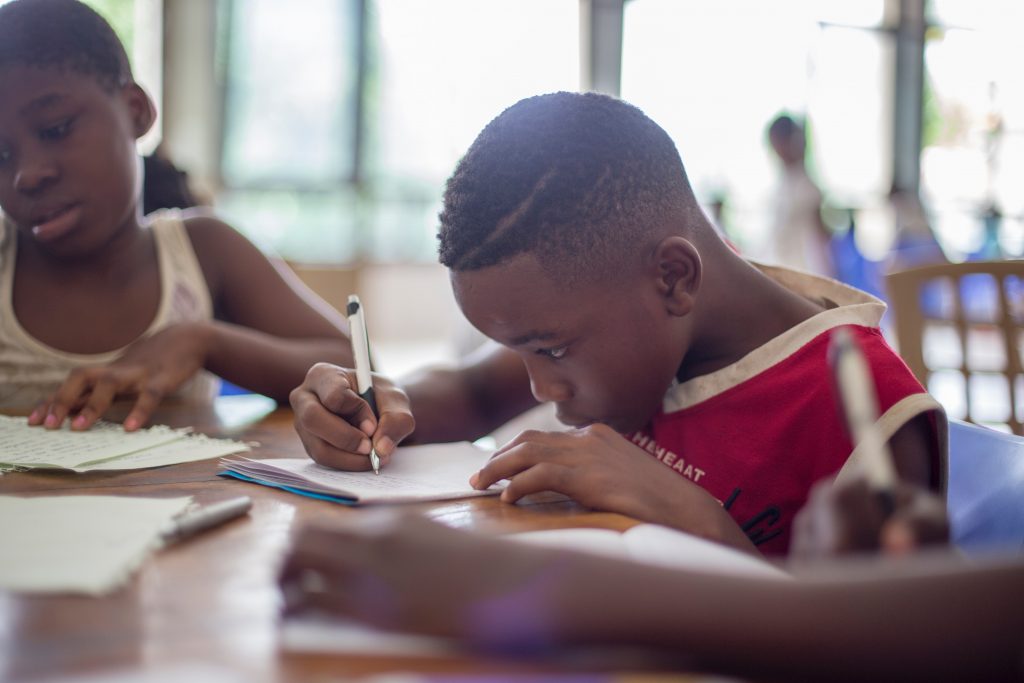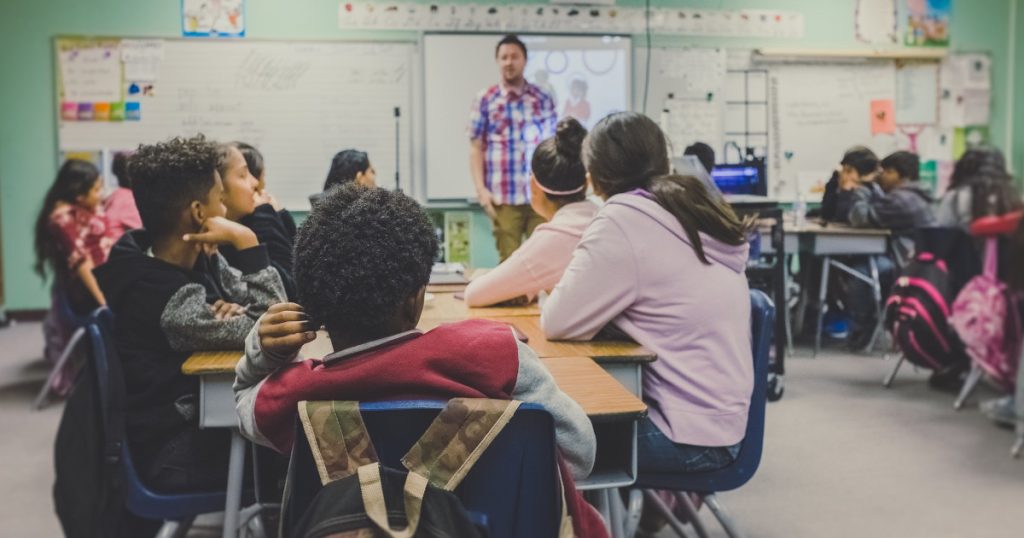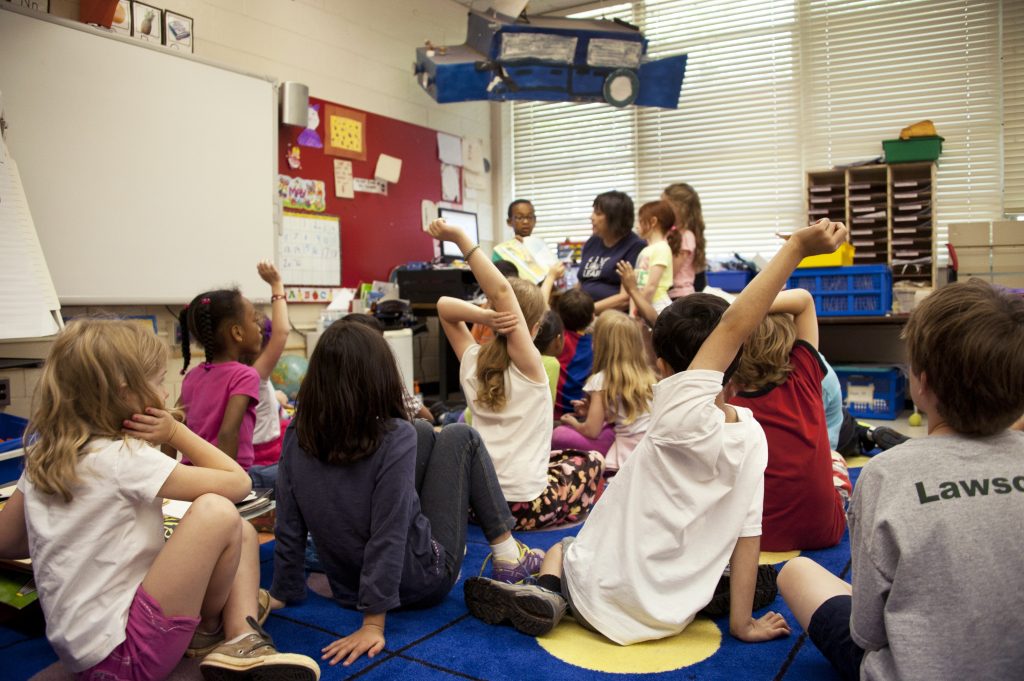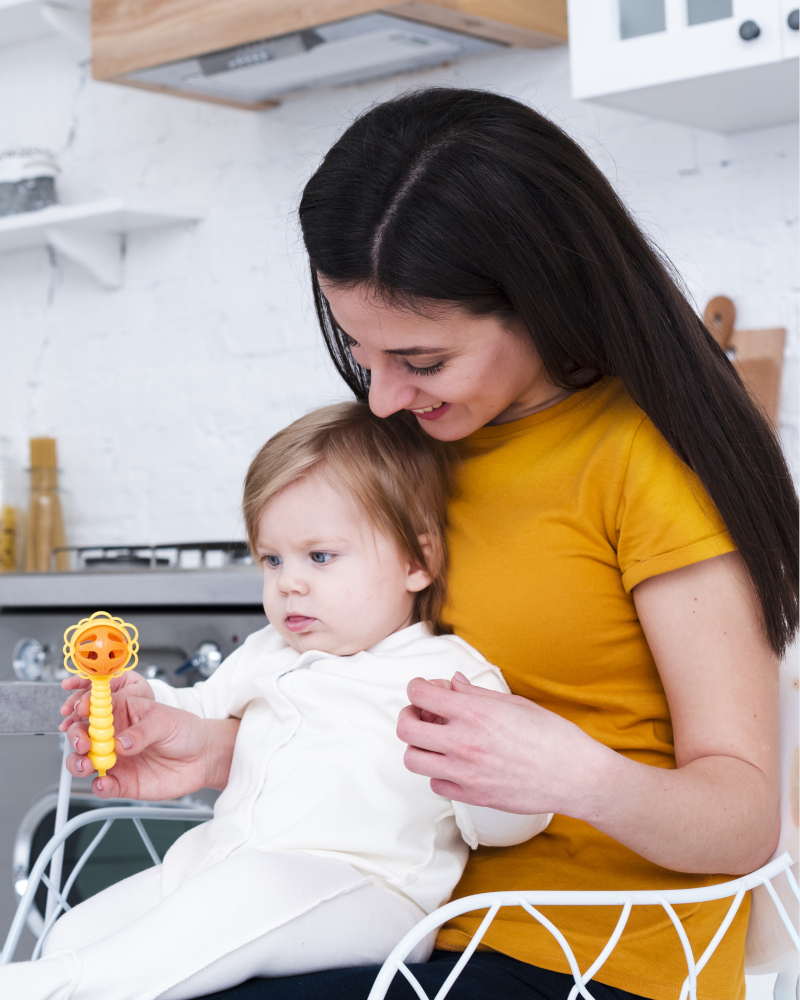
Little Nyra is 8 months old. Like most babies her age, she has many toys strewn around her crib. However, she is always more interested in getting hold of her mother’s things. She often tries to grab her mother’s glasses, her phone, wallet, jewellery or pretty much anything her mother handles. She is fascinated by these objects. When she manages to get a grip on one of these things, quite to her mother’s dismay, she likes to drop them. She would enthusiastically pick something up, hold it and then drop it. She does this over and over again and doesn’t seem to get tired.
As adults, we can all agree on what the child is doing at this point. She is playing. At the same time, we may also wonder what is in this repetitive action that fascinates the child so much. Picking up and dropping something is a boring thing after all. But not for the child. She is discovering the rules of a world that is quite new and unfamiliar to her. She is learning that she can control her arms and hands. She is finding out that her fingers bend as she wishes and can hold the things she likes. She is figuring out that when she loosens her grip, the object falls. It amuses her that it moves on its own. And when it hits the ground she can hear a sound. Different sounds for different objects. Some objects break when they hit the ground and her mother gets angry. Some objects don’t and her mother doesn’t mind. Lots of information for her little brain.
So, a simple act of just picking up and dropping things is assisting development of the child on many fronts – gross motor skills, fine motor skills, cognitive ability, sensory integration etc. It is the same with all play, even the seemingly simplest of them. When you played peekaboo with your baby or hid a toy from her only to give it back, she was learning an important cognitive lesson. That things exist even when she cannot see them. Children learn by playing. It is through play that children begin to engage and interact with the world around them. There is enough scientific evidence that children who have no opportunities for play and stimulation show a slower pace of development.

What is Play ?
There can be no single definition of play. But there are certain characteristics that help us identify what can be considered as play. Firstly, play is fun. Play is an activity that the child naturally finds enjoyable and amusing. Secondly, play is delightful for its own sake; it is its own reward. When a child is climbing up a slide and sliding down, she is doing it simply because she is enjoying it. Finally, participation in play is spontaneous and is of the child’s own will. An activity that the child is forced to do cannot be considered as play. For an outsider, it may appear that children are not serious about the activity when they are playing. A parent or a caregiver who has experience around children will disagree. Children take their play very seriously. They have their own rules and interference by someone who is not participating may not be appreciated.
Role of Play in Development
Play Promotes Cognitive Development
Children are inquisitive by nature. From the very early days, they try to examine and make sense of the world around them in their own ways. Play allows children to discover and learn by themselves. It helps them understand the rules of the world and why things happen the way they do.
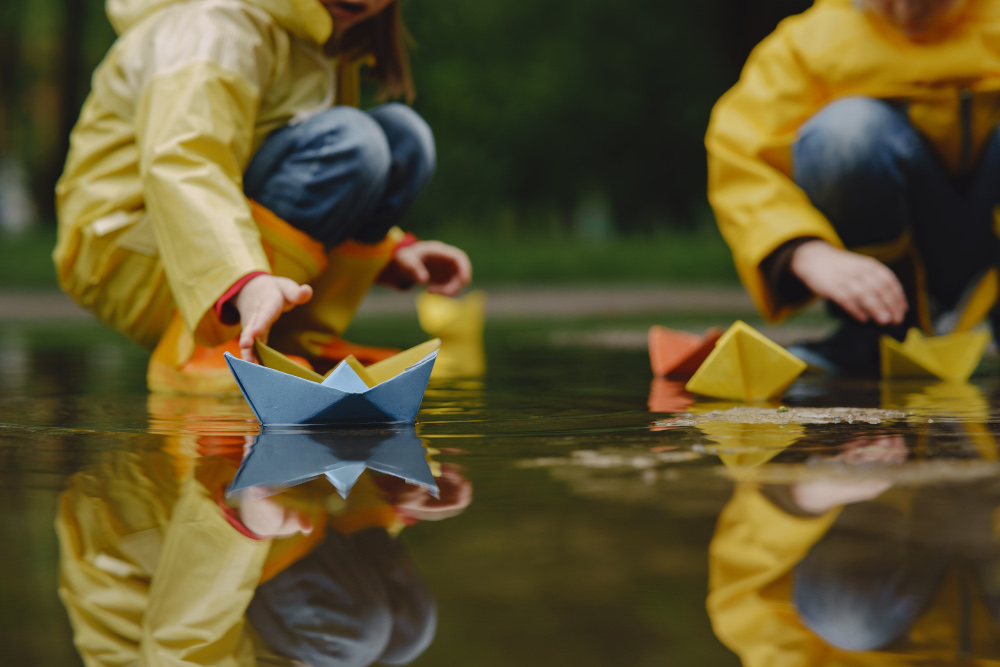
Take for example, a child playing in the garden while her father is doing his weekly gardening. She already has her hands dirty with mud and finds a small water-container on the ground. She puts her hand inside and the water turns muddy. She then picks up some pebbles and drops them into the water. She sees that they have sunk to the bottom. She drops more pebbles and they all sink. Now she tries the same with some dry leaves and is amused by the fact that they are floating. She tries to sink them with her fingers but they stay afloat. Through this activity, her little mind is getting used to the idea that some things sink and some things float in water. In future, she will try with more objects and will slowly begin to associate sinking and floating with attributes such as weight, shape of object etc.
Play allows children to learn by doing. This helps them understand new concepts through a process which is enjoyable. During play, children have the freedom to choose what is of interest to them. Almost always, they choose activities for play which are neither too simple nor too tough for them. By choosing activities that are interesting as well as challenging, they learn things which they are ready to learn. Learning thus becomes a pleasure and not a burden.
Play Promotes Motor Development
Motor skills are skills related to specific movements of the body’s muscles to perform a certain task. They involve moving and coordinating the muscles of the body. Motor skills and motor control begin developing after birth and will progress as children grow. The development of motor skills is essential for a child’s physical strength, movement and all interactions with the world.

Motor skills can be divided into two categories: gross motor skills and fine motor skills. Gross motor skills involve bigger movements of the body using large muscle groups like arms, legs and torso. Children enhance their gross motor skills when they play games like tag, hide & seek, ride bicycles, climb steps, hang from bars etc. Fine motor skills work the smaller muscles of the hands, fingers, and wrists to perform smaller and more specific movements. Playing with building blocks, play-dough & putty, threading leaves to make necklaces, activities like drawing, painting and gardening give children practice for fine motor coordination.
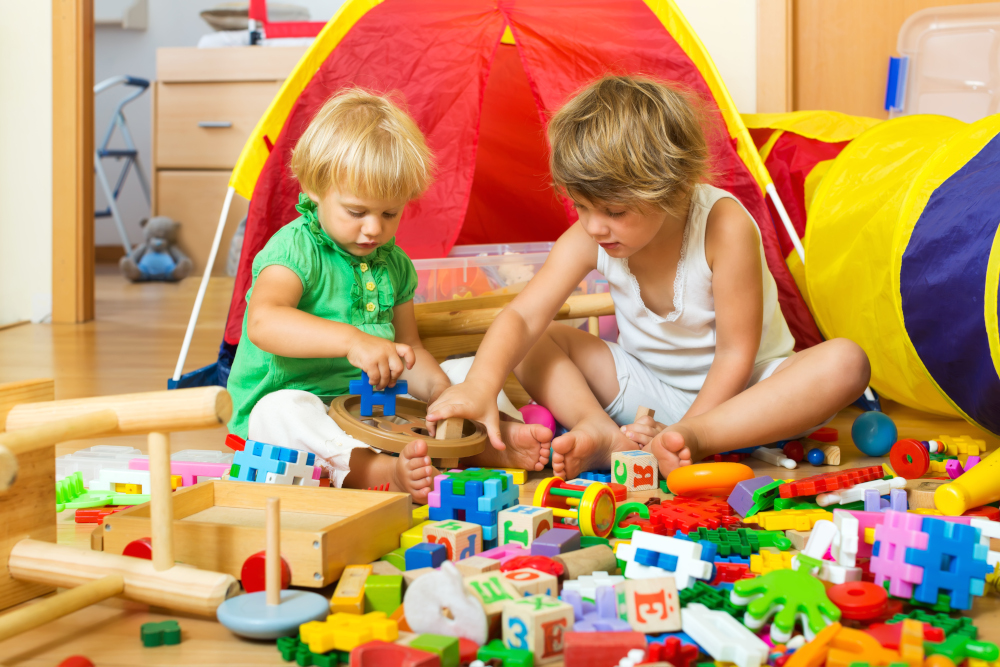
Play Promotes Imagination and Creativity
When we observe children playing, we see that it often involves a lot of imagination and creativity. Make-believe is a part of children’s play. When a child is playing mother to her doll, she is imagining what it is to be a mother – to feel, think and behave like one. She pretends to give food to the doll, tuck it into bed and even say things like ‘ don’t eat too many sweets’ or ‘don’t go out in the rain’. These are exactly the instructions that her own mother gives her. Here, we can see that the child is learning appropriate behaviour and preparing for adult roles by imitation.
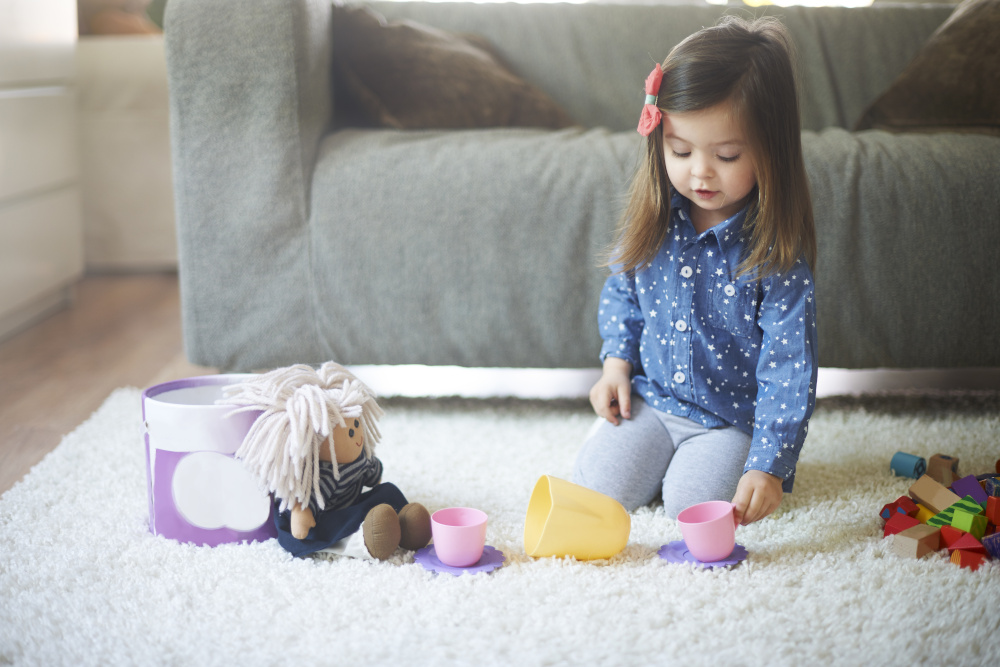
Play need not always be a mirror of reality. A small cardboard box may become a table for a 3 year old and the runway for a fighter jet for a 7 year old. Often, the stories they have heard or the antics of their favourite superheroes are recreated with available objects during play. Play nurtures imagination and provides a flexible environment which allows the child to be creative.
Play Helps in Acquiring Language
To learn language, the child has to hear it and practise speaking it. Playing with caregivers as well as other children gives the child plenty of opportunities to hear language. Communication with other participants is a key element of play. Consequently, the interactions during play imparts the motivation to speak. When playing with objects, children tend to learn new nouns (names of objects), verbs (what these objects do) and ways to describe them. Also, the child begins to understand different shapes such as square, circle, straight line etc which will help later in differentiating the letters of the alphabet. Play allows children to practise the language skills they have already acquired and build on their existing vocabulary.
Play Promotes Social and Emotional Development
Babies begin engaging in activities that can be termed as play from their early months. It begins with loving and playful interactions with the parent or caregiver. At this stage, the baby plays with her own body and things within her immediate reach. These initial interactions help her understand the effect she has on people and objects in the environment. This leads to the development of the concept of self.
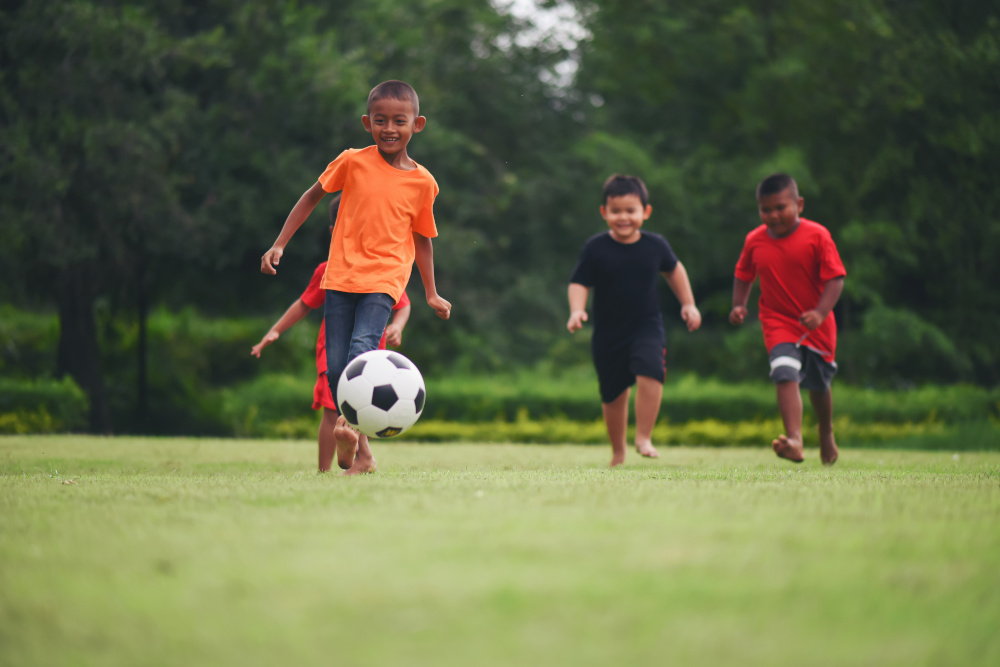
As the child grows older, she starts playing with other children. She learns to share, listen, compromise, follow the rules of the game and wait for her turn to play. The child learns an important social skill here – to take into consideration the point of view of another person. As children play structured games with their friends, they learn how to cooperate towards a shared goal. When they are able to contribute to a game with their peers, it enhances their confidence and helps build self-esteem.
Play provides children a safe space to express, experience and experiment with their feelings. Imaginative play in particular allows children to pretend they are experiencing events which would otherwise be impossible. During such play, they get the chance to assume the role of another person and see the world through that person’s point of view. This helps in the development of emotional abilities like empathy and altruism.
The Instinct to Play is an Evolutionary Upgrade
Let’s wrap this up, taking a glance at a couple of things on a more serious note. It is observed that not only humans but the young ones of most mammals engage in various kinds of play. From an evolutionary perspective, playing is nature’s way of ensuring that young mammals, including young humans, practise and become good at the skills they need to survive in their environments. Compared to other mammals, a human child has to pick up a very wide range of complex skills while growing up. Evolution has arranged for this skill acquisition by bestowing upon the human offspring a strong instinct to play. Play prepares the child for what lies ahead in life by aiding various aspects of development. It nurtures the spirit of enquiry, imparts self-confidence and cultivates the willingness to take on challenges. As parents and caregivers, it is our responsibility to ensure that our children get enough opportunities to engage in safe play, help them understand their tiny discoveries and encourage them as they master new skills.

